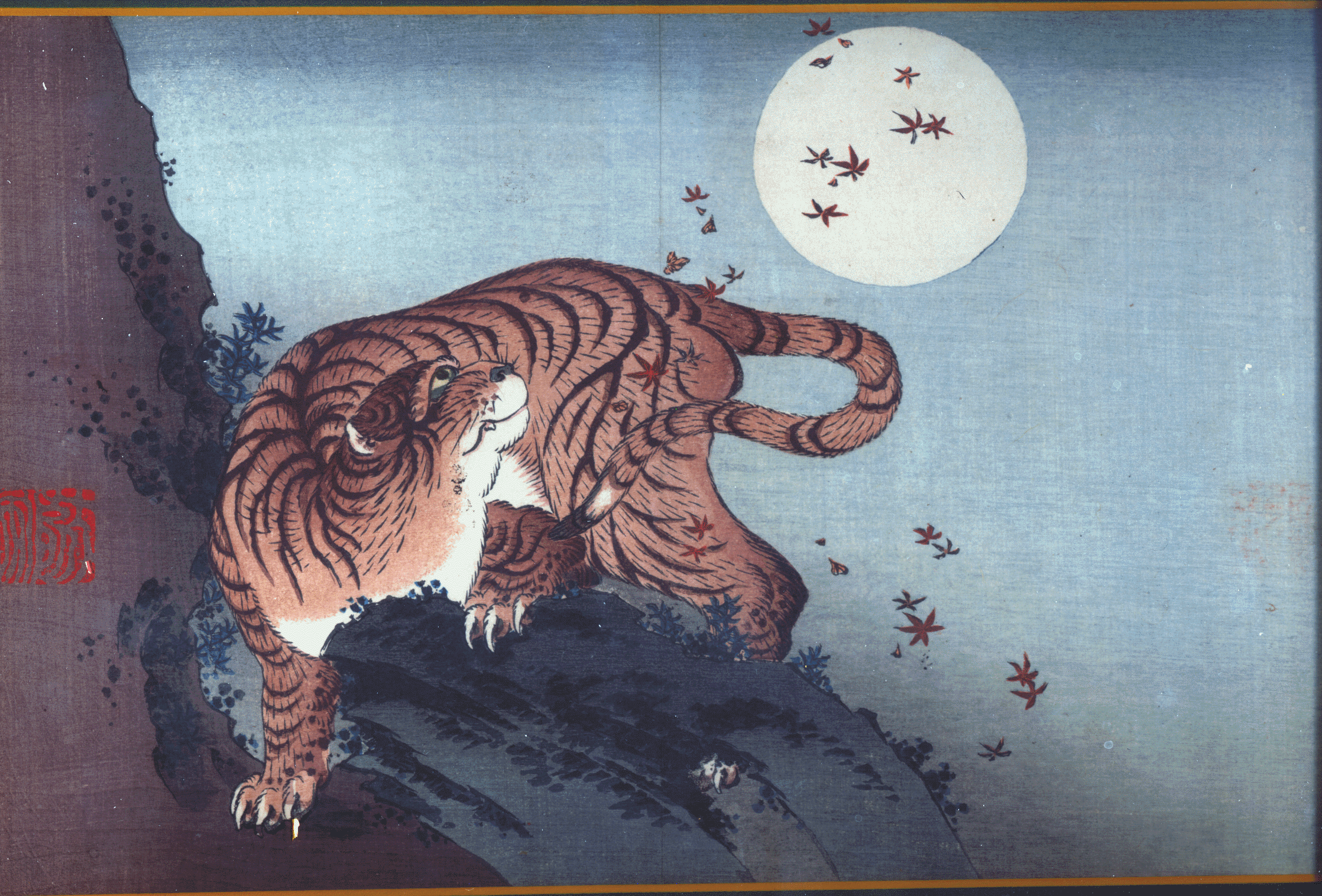To create the perfect banner, we enlisted the help of the consummate master of affiliate art, the great digital artist Hotsushika Kakusai, whose work adorns the websites of emperors, khans and sultans.The maestro met us in the garden, he silently contemplated how koi carps in a transparent pond were eating cherry petals that had flown from a nearby tree. “To create the perfect banner, you need to bring your feelings and mind into harmony. You have a long way to go.” These were the master’s first words.
We confirmed our readiness, and our first task was to find suitable wool for the brush. “Of course, you will say that now everyone uses free tools that can be easily downloaded on the Internet, but that’s not what you came to me for. To create the perfect banner, we need the perfect tools. We need a brush made of wool from the tail of the Amur tiger.” .
We will not describe here how we spent six months in the Far East, tracking with a tranquilizer the Amur tiger, whose number is estimated at about 500 individuals. Living in harmony with the harsh nature, we constantly thought about our banner, imagining it as the master ordered us. Finally we managed to get the fur from the tiger’s tail, and we returned to Japan. Hotsushika Kakusai met us in the rock garden, sitting in the middle of a neatly striped area; it was impossible to get to him without damaging the drawing, so the master had to shout. “Very good. You’ll end up with a brush that’s a little worse than the one in the free Google Web Designer. Of course, an advertising banner drawn with a brush made from the tail of an Amur tiger does not work using HTML and CSS, and does not automatically generate code like Google Web Designer does, or Canva or any other free application that can be found in a few seconds on the Internet. But it will do.”
“Now the time has come to create suitable rice paper. Here I will give you freedom of choice, you can go to any subtropics, even to Africa, even to Australia to collect rice straw and make first-class rice paper.”
Our three-month trip to Madagascar was quite successful, although the heat caused many of us to catch a fever, and we returned to the master with first-class rice paper. “Not bad, not bad. True, we also make rice paper in Japan, but your zeal is commendable. Now that we have a brush and rice paper, we need paints. Banner colors are the most important component of good advertising; they convey your emotions, your message to the target audience. Each color is a symbol, a hidden message. Have you thought about what your future banner will be like?”
We answered that it was blue. Having dozed off in the gazebo during the tea ceremony, we missed the master’s monologue about how we can get the perfect blue color. Surely, something related to the ink of the squid that lives at the bottom of the Mariana Trench. So we pretended to understand everything, bought paint at an art supply store, and for the sake of appearances, we holed up in a hotel room for a month, eating continental breakfasts and thinking about the perfect banner.
When a brush made of wool from the tail of an Amur tiger, Madagascar rice paper and blue paint from their store were placed in front of the master with all the necessary bows and ceremonies, he said looking at the setting sun. “All this is nonsense, rain dust carried away by a light western wind. After all, static banners are worse than animated ones. Throw away all this and take a chair, because now we will go to the desktop and open Google Web Designer,” said Hotsushika Kakusai.
“Have you decided on the size?” asked the master. Yes, we answered, rectangular 300 by 250. “Great, do you know what you want to write on it? After all, the text of the banner is no less important than its design!” This concludes the first part of our training with the great Hotsushika Kakusai. Because we had to hone our command of words from the next master to the sharpness of a samurai sword.
You can read the rest of the story here.

